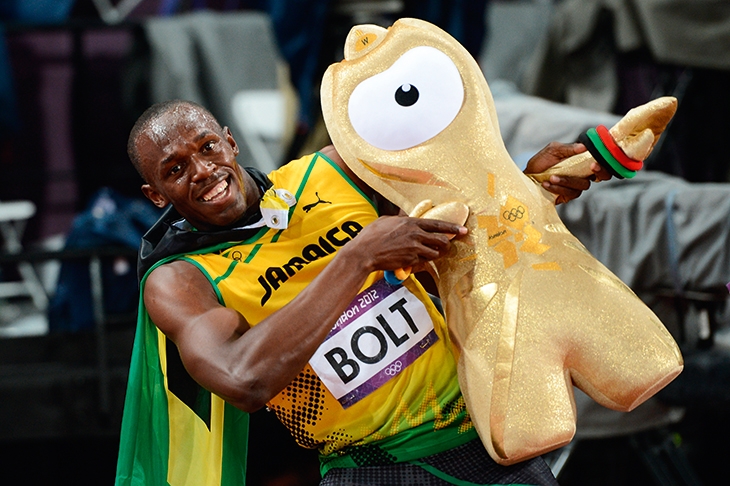There were two mascots for the 2012 Olympic and Paralympic Games. One was called Mandeville, obviously because Stoke Mandeville’s games are seen as the precursor to the Paralympics. But why Wenlock? Ever been to Much Wenlock? You should go: not only is the Shropshire town a delightful place in itself, it was also the birthplace of the modern Olympics.
Surely not, you say. Surely the International Olympic Committee was inspired by ancient Greece? Well in a more distant sense, perhaps. But the immediate catalyst was Much Wenlock’s Olympian Games, which had been happening since 1850. William Penny Brookes was the town’s doctor, and seeing the damage local men were doing to themselves by spending all their spare time in the pub, he founded the games. They would, he hoped, encourage a healthier way of living. A Mrs Gaskell (not that one) objected that providing recreation for ‘the working classes’ would make them lazy, but thankfully Brookes ignored her. The first games were held at Much Wenlock’s racecourse.
Athletics, football and cricket featured, but so did the Gimcrack Race, which saw horse riders stop at several points to put on a pair of boots, have a drink and smoke a cigar. There was also a blindfold wheelbarrow race and a Balaclava Mêlée (named after the battle), in which men on horseback had to knock the plumes off opponents’ helmets. Women weren’t allowed to take part in any of this. They had their own events instead. Choral singing, for instance. And knitting.
There were some precedents. The Cotswold Olimpicks had started at Chipping Campden in 1612. (Contestants used coal hammers to harden their legs for the shin-kicking competition.) But it was Much Wenlock that inspired Pierre de Coubertin, founder of the modern games. He visited the town in 1890, staying with Dr Brookes and observing the competition. Within four years he had created the IOC, and two years later the inaugural Olympics took place in Athens. Sadly, Brookes himself wasn’t there to witness them as he had died four months previously. In 1994 the then IOC president Juan Antonio Samaranch visited the town to lay a wreath on Brookes’s grave.
As you might expect, Much Wenlock’s charming museum concentrates heavily on the Olympic connection. As well as a cuddly toy version of the 2012 mascot, there are a couple of penny farthing bicycles, their mannequin riders splendidly attired in Victorian sporting clothes, the leader looking nervously round to check on his rival’s progress. You can read about Brookes spreading his gospel, including his establishment of the National Olympian Games in London in 1866. W.G. Grace was given time off from a cricket match to enter the 440 yards hurdles. God knows who the other entrants were, but Grace won. There’s also mention of Harold Langley, who in 1924 took part in the triple jump at the Paris Olympics, thereby becoming the first person to compete in both the Wenlock games and the more famous ones.
‘Now let us imagine ourselves a century and a half hence,’ Brookes once said. ‘What might we behold? A stalwart, noble race, strong in body and mind.’ A trip down any modern British high street would disappoint him. But without his vision we would never have had the Mobot.






Comments